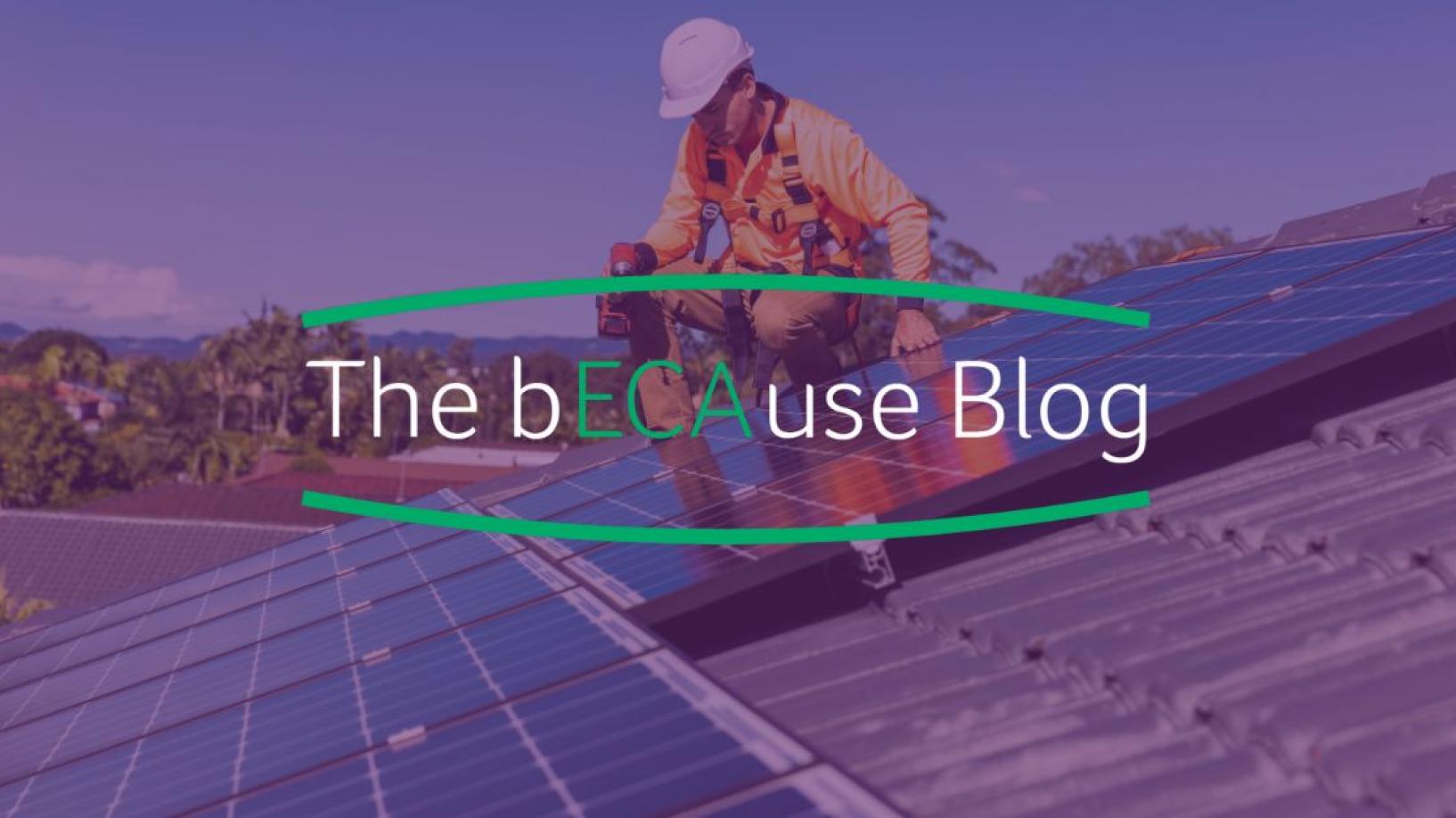When we tune into news about Australia’s energy transition, we’re often met with negative headlines; how expensive it might be, that it may result in blackouts or shortages of supply, and reminders of how far behind we are in meeting our global targets. However, our research has found that the perceptions of Australian energy consumers towards the transition are best described as more cautious than negative at present. They have multiple – and at times competing – needs for the future of the energy system and they aren't sure whether it will meet those needs.
Six months ago, we reported that most consumers believe the transition will make electricity more expensive and less reliable in the next three years. Our most recent December Energy Consumer Sentiment Survey reveals not much has changed. Just 12% believe they will see their electricity bill decrease in the short term thanks to the transition, and only 22% believe it will make their electricity supply more reliable.
At the same time, we’ve seen a gradual decrease in the number of consumers who think we should aim to transition to renewables this decade, while those that think we should aim for 2040 has increased by 6% since we first asked the question in June 2022.
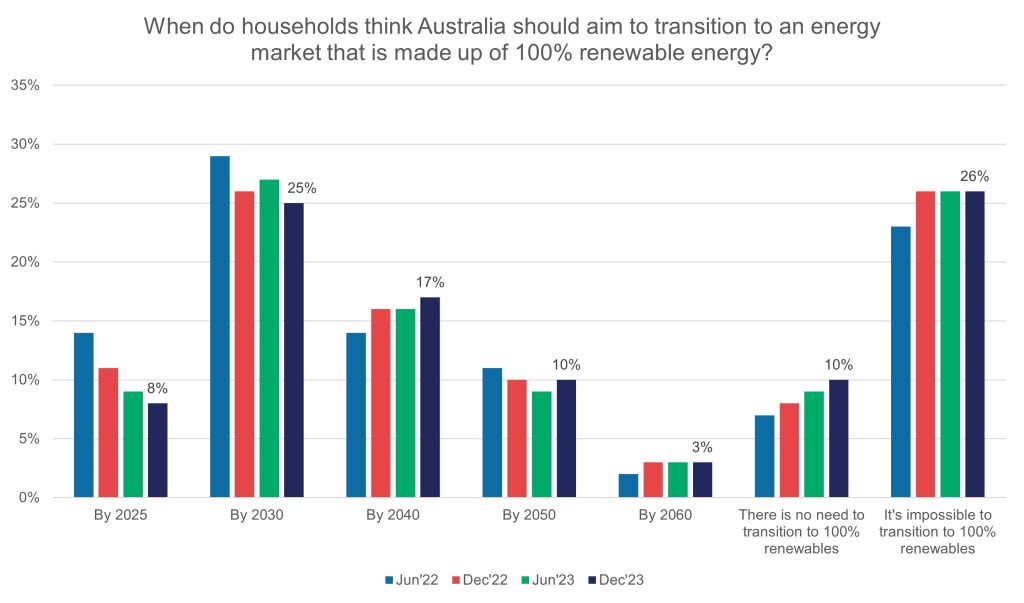
Consumers are going through a historic cost-of-living crisis, facing increased pressures on mortgage or rental payments, grocery costs and, of course, energy bills. Affordability is front of mind for consumers with over half saying they are more concerned about paying their electricity bills than they were a year ago.
Fears around keeping up with rising costs could very well be having an impact on consumer support for a rapid transition. When we ask what consumers think is the most important issue for the future energy system, some say the transition to renewables, others say resilience to natural disasters. But far and away the most common response is having affordable energy prices for all Australians. And we’ve seen the number of households who view this as the most important issue increase since June 2022, when consumers first started dealing with major increases to bills.
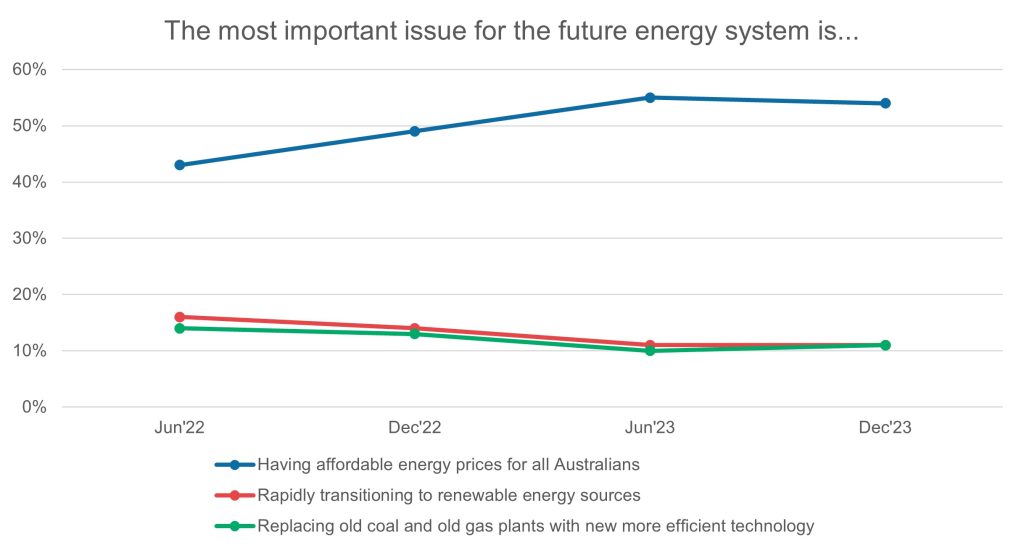
This doesn’t mean households and businesses are opposed to transitioning to an energy system reliant on renewables, but rather that they are worried that it might not meet the needs of everyone who uses and relies on the system. Consumers are expecting a future energy system that delivers on several fronts.
When we asked consumers in more detail about whether they thought affordability, reliability or sustainability should be prioritised going forward, what we found was that respondents have a much more nuanced idea of what they think the energy system should deliver for them in the next few years.
Having an energy system that delivers on environmental sustainability is seen as the overall objective of the transition and the reason why we are having the conversation in the first place. For some there’s a real urgency, even suggesting they would make personal sacrifices to create a better world for future generations.

In most cases, however, consumers saw a successful transition as one where all Australians have access to affordable and reliable energy.
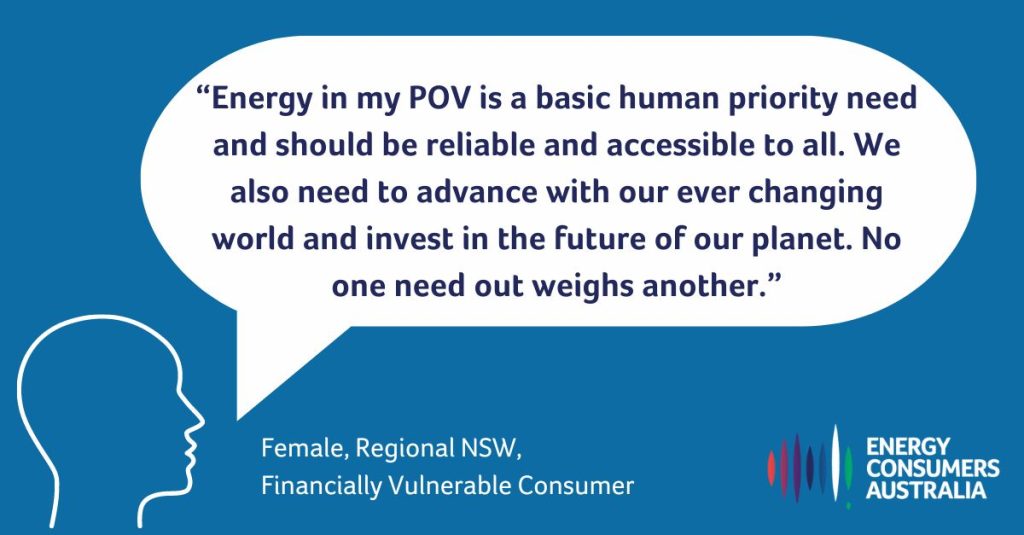
Trying to juggle multiple outcomes may seem an impossible task for the energy industry to achieve and many will argue that something has to give. The transition will hardly be a straightforward journey where sustainability, reliability, and affordability for all will be met to the same extent at the same time. However, there are encouraging signs emerging that there are ways forward.
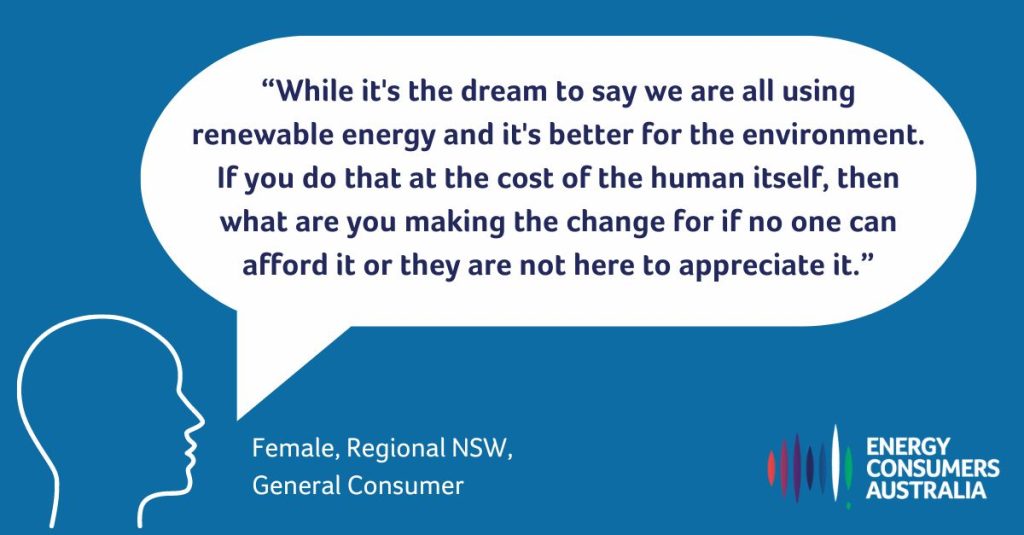
Australia has seen record rates of rooftop solar installations. While stories of wholesale market volatility and rising prices may have dominated news cycles recently, AEMO’s most recent wholesale market reports show the positive impact of renewables on prices. Renewable generation has increased the amount of times wholesale prices are pushed below zero while we see the rates of coal-fire generation dip at record rates.
It's clear that consumers have a large role in the good news stories. The energy produced by consumers from their rooftop solar systems this winter was the highest it has ever been.
And we’re constantly seeing new and innovative products emerge in the market aimed at elevating consumers’ roles in the energy system. Virtual power plants, community batteries and plans that help consumers gain access to Consumer Energy Resources (CER) like batteries and solar all promise the prospect of lower energy bills for individual consumers while helping the broader community transition to a system that is clean, reliable, and affordable.

But why aren’t consumers pointing to this when we ask them about the transition? Our qualitative research found that consumers struggled to list anything beyond sustainability as an advantage of the transition. However, they were able to list the potential drawbacks, from higher energy prices to a loss of jobs to decreased energy insecurity.
Many see themselves left out of these good news stories, with structural barriers like renting or low-incomes leaving them unable to access the personal benefits of the transition. Renters, households under financial pressure, and those living in apartments are more likely to say they are concerned electricity and gas will become unaffordable for them in the next three years. We speak to some of these barriers, how to overcome them, and how we can bring everyone along in the transition in our recent Energy Divide report.
For others, they simply haven’t heard about the transition, how it will impact them or what role they could be playing. Our ECSS finds that consumers who feel they have been communicated to clearly about the transition are significantly more likely to feel positive about how the transition will impact affordability and reliability. However, only around one in five believe they have heard clear communications.
We’ve already seen examples where communicating a plan for the role of consumers in the transition has clearly impacted the number of consumers choosing to engage. But we need a national approach that will communicate a plan for households and small businesses across the country and provide assurance the transition will deliver in all the areas consumers expect.
Consumers are cautious. And rightfully so. However, as an industry, this is a clear opportunity to bring consumers along and excite them about a transition that has a real potential to leave them better off on all fronts. If we do it right…
